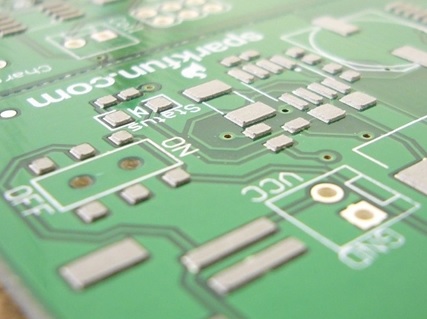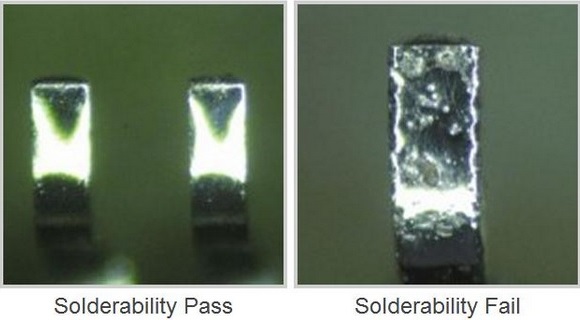

Like any process used for printed circuit board assembly, there are pros and cons to the wave solder process.


Wave soldering is a faster process and is used primarily with through-hole printed circuit assembly, but is also used with surface mount technologies. The Wave Soldering ProcessĪs the demand for electronics components increases, manufacturers need to find ways to increase the speed and efficiency of PCB assembly. Regardless of the process, precision soldering is necessary for the function of any printed circuit board. But which process is better? It depends on the type of PCB assembly and production process you are using. Capital Equipment Exchange has a range of used wave solder machines and used reflow ovens to help you increase production and solder components to your printed circuit boards (PCB).


 0 kommentar(er)
0 kommentar(er)
